Shopping today might feel simple, but there is far more happening behind the scenes than most people realize. Modern retailers use advanced technology to monitor customer behavior, gather data, and predict spending patterns. While some of these tools help improve shopping experiences, many operate quietly without your knowledge. From facial recognition to Wi-Fi tracking, stores have found creative ways to study your every move. These methods reveal valuable insights about habits and preferences, often blurring the line between convenience and privacy. Understanding how these systems work can help you make more informed choices and protect your personal information.
1. Smartphone Wi-Fi Tracking
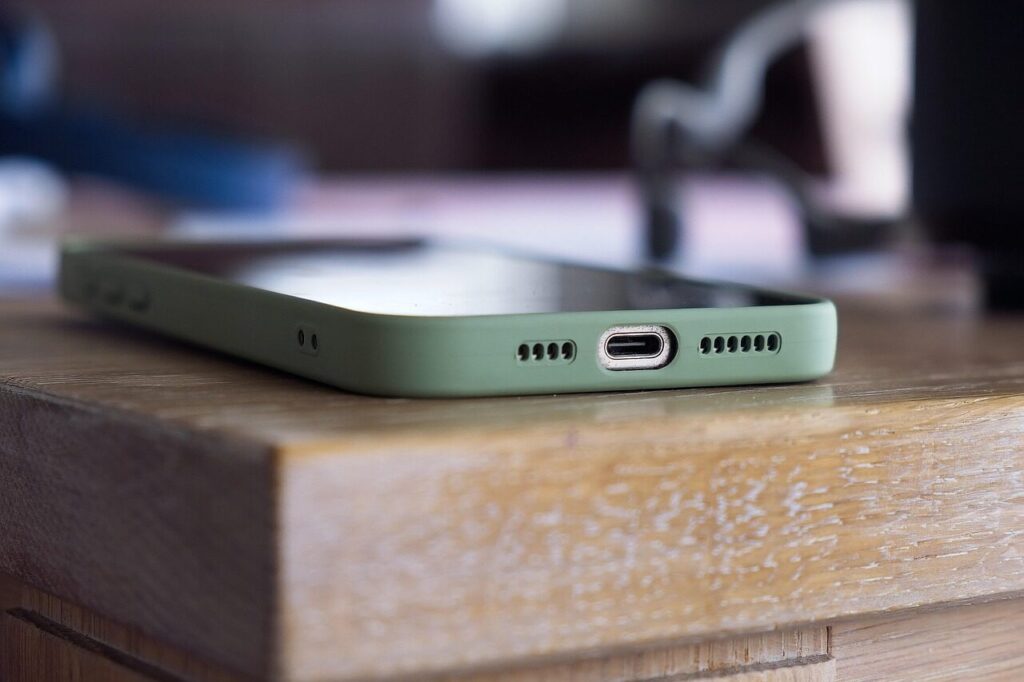
Many retailers track customers through Wi-Fi signals emitted by smartphones. Even when you don’t connect to a store’s Wi-Fi, your device constantly searches for available networks, allowing sensors to detect and follow your movements. This data helps retailers learn how long you stay in certain areas, which products attract attention, and how frequently you visit. Although some companies claim the data is anonymous, it can often be linked to loyalty programs or apps that store personal information. This invisible tracking gives businesses detailed insights while leaving shoppers unaware of how much data is being collected during each visit.
2. Facial Recognition Cameras
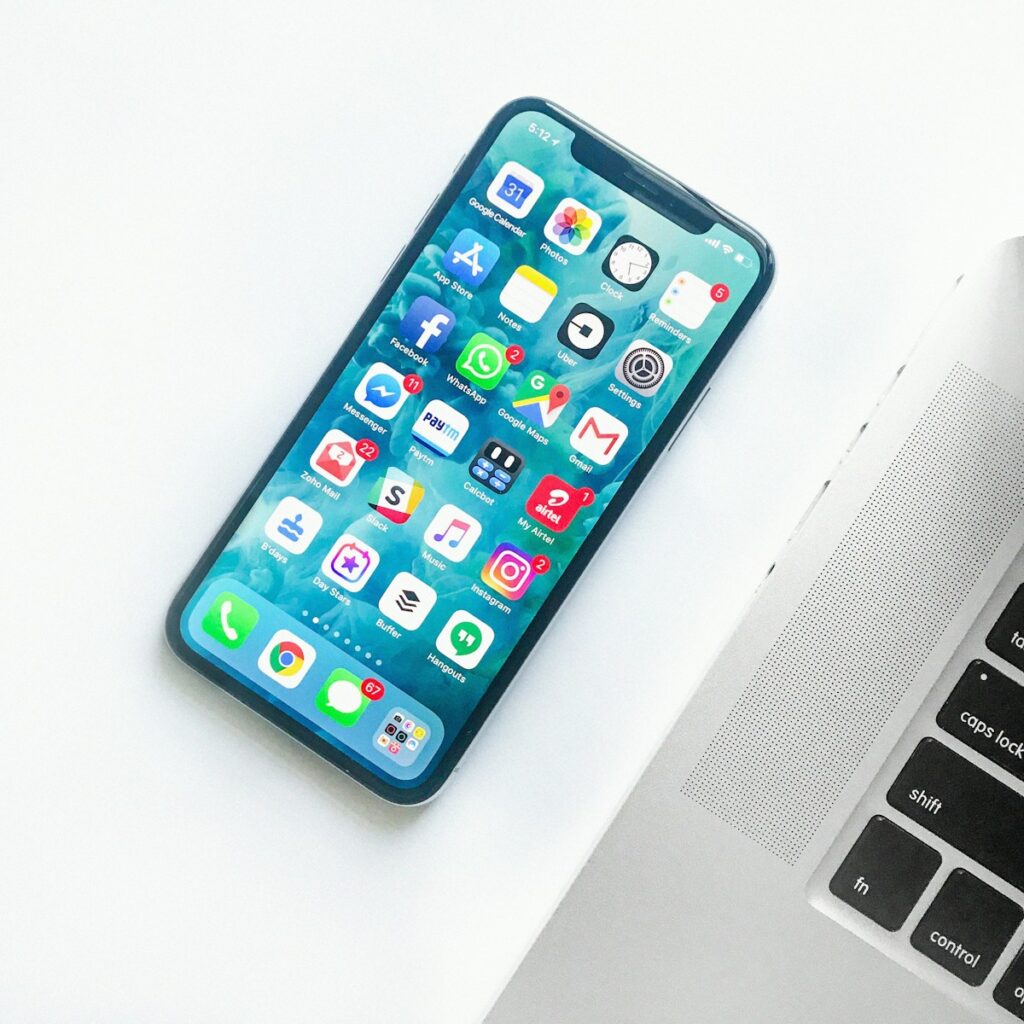
Retailers are increasingly using cameras equipped with facial recognition software to identify repeat customers, analyze demographics, or measure emotional responses. These high-tech systems can determine age, gender, and even mood based on expressions. While the technology helps businesses tailor advertising and improve customer experiences, it raises serious privacy concerns. Shoppers are often unaware that their faces may be scanned the moment they enter the store. The collected data can be stored for long periods and shared across systems, creating potential risks if mishandled. Despite the benefits of enhanced personalization, the practice blurs ethical boundaries regarding informed consent.
3. Bluetooth Beacons
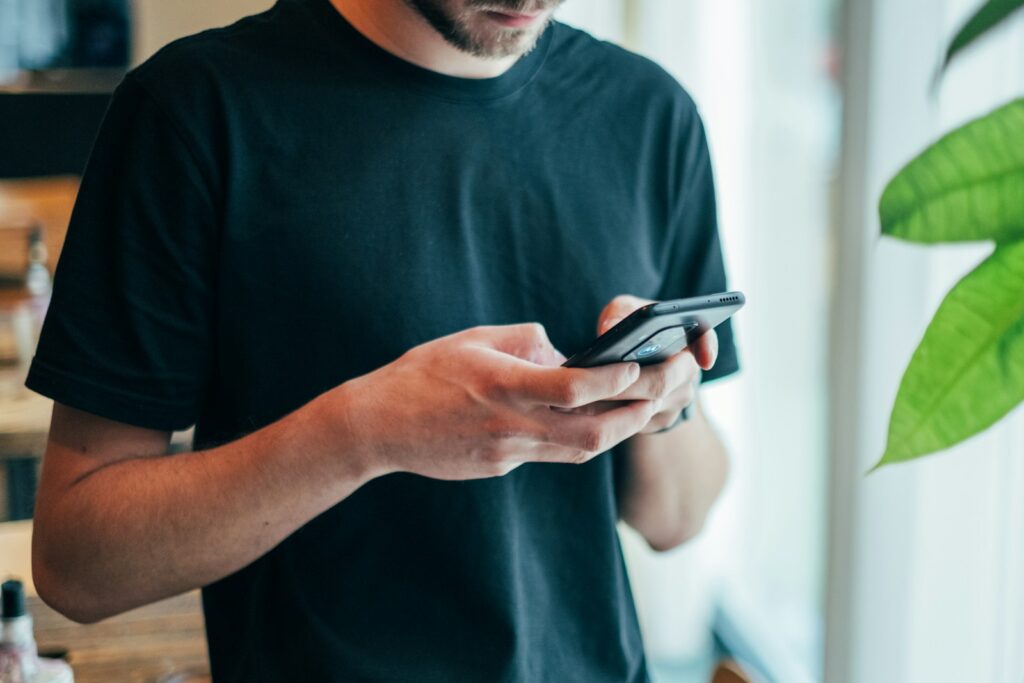
Bluetooth beacons are tiny devices placed throughout stores that connect with smartphones when Bluetooth is enabled. These sensors pinpoint your exact location, allowing retailers to track movement with incredible accuracy. When connected through a store app, they can send instant notifications or discounts related to nearby products. While it may seem helpful, it also means your location and shopping patterns are constantly being monitored. This data helps businesses design better store layouts and marketing campaigns, but it also exposes private behavioral details. Shoppers rarely realize how much information is shared simply by leaving Bluetooth turned on.
4. Loyalty and Rewards Programs
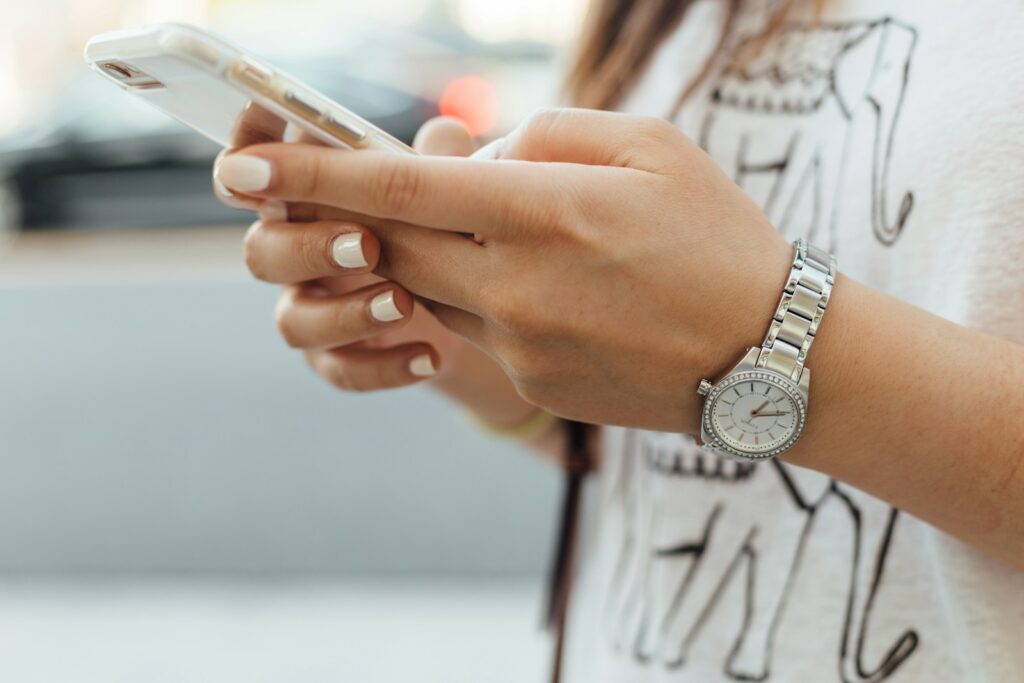
Loyalty programs encourage customers to sign up for rewards, but they also serve as a powerful tracking tool. Every purchase made through these accounts helps retailers collect valuable insights into buying habits, preferred brands, and shopping frequency. Over time, these data profiles become incredibly detailed, allowing for precise marketing strategies. While shoppers enjoy discounts or points, they often overlook that their spending patterns are being recorded and analyzed. Retailers may share this information with third-party companies for advertising or research. The convenience of loyalty cards comes at the cost of continuous monitoring of personal shopping behaviors.
5. Smart Fitting Rooms

Some stores are introducing smart fitting rooms equipped with sensors and digital mirrors that recognize the items you bring inside. These systems can suggest matching pieces, track how long you stay, and record which products you try on. This data helps retailers identify popular items and understand shopper preferences. When connected to store apps or loyalty accounts, it can also link specific behaviors to individual profiles. Although this technology enhances convenience and personalization, it quietly gathers detailed information about private choices and habits. Shoppers may not realize that their fitting room experience is being digitally recorded and analyzed.
6. In-Store Apps and QR Codes
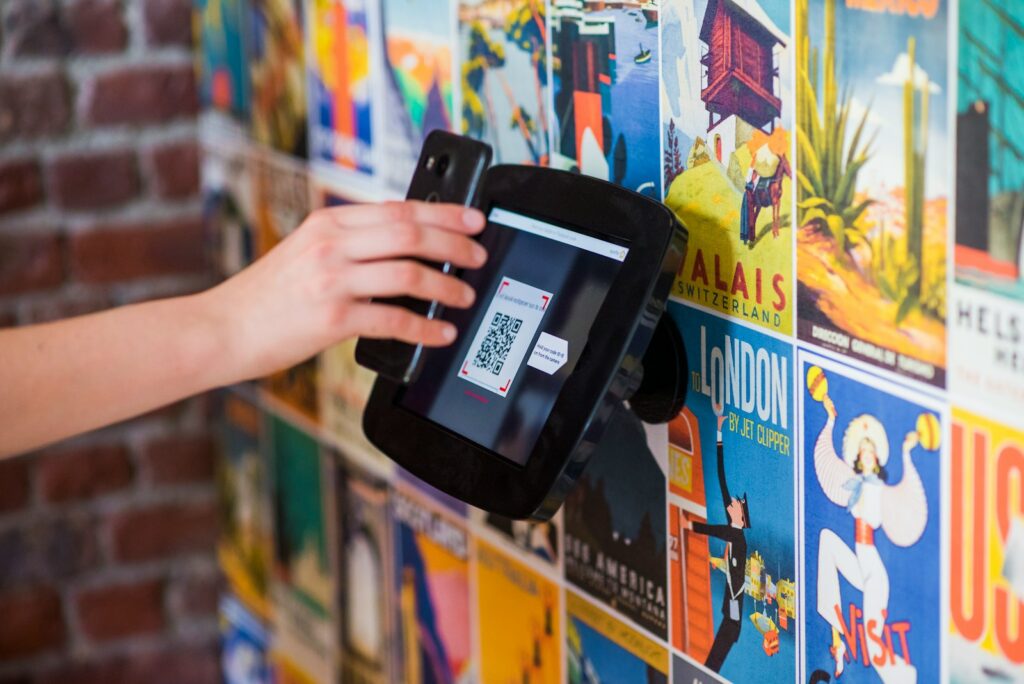
Retail apps and QR codes are designed for convenience but often come with extensive tracking capabilities. When you use an app or scan a code, you may unknowingly grant access to location data, browsing history, or even background activity. This allows retailers to monitor how you interact with products and displays. The data collected helps tailor promotions and personalize recommendations, but it also expands your digital footprint. Even simple actions like scanning a discount code or checking store inventory can trigger tracking. Understanding app permissions and limiting unnecessary access is key to maintaining privacy while shopping.
7. Heat Mapping and Motion Sensors

Heat mapping and motion sensors allow retailers to study how customers move through their stores. These systems detect body heat and motion patterns, showing which areas attract the most attention. The technology helps companies design effective store layouts and product placements, increasing sales opportunities. However, the data collected paints a detailed picture of your shopping behavior, often without explicit consent. When combined with other tracking methods, such as Wi-Fi or cameras, it can create a comprehensive profile of each visitor. Although not always personally identifying, this constant observation raises serious concerns about transparency and privacy.
Comments